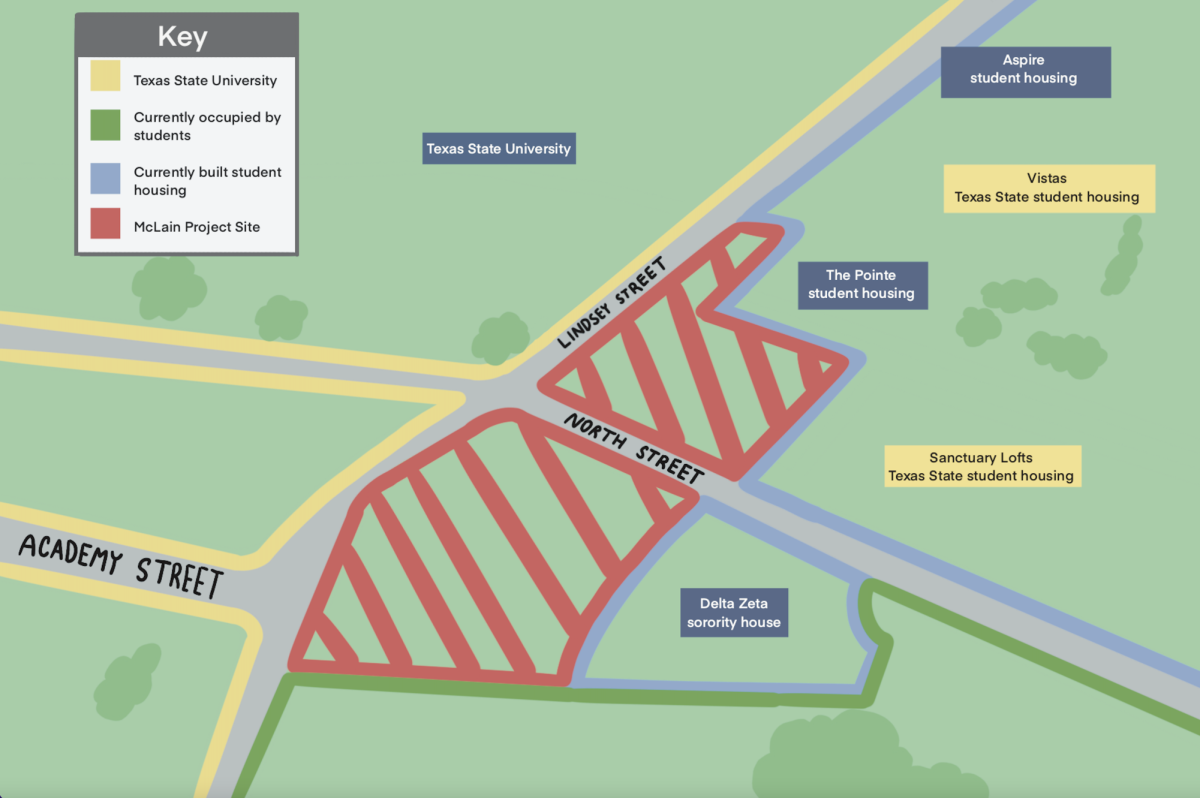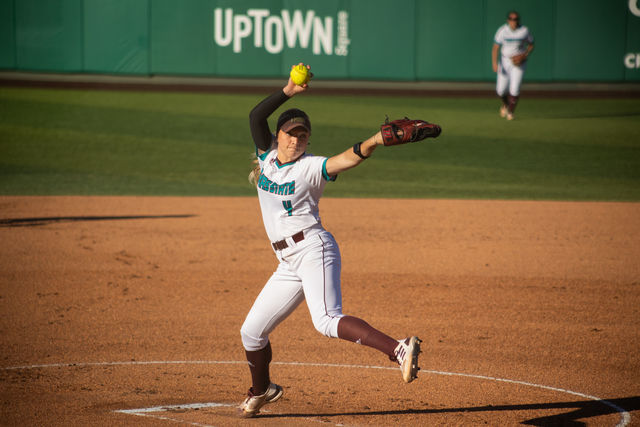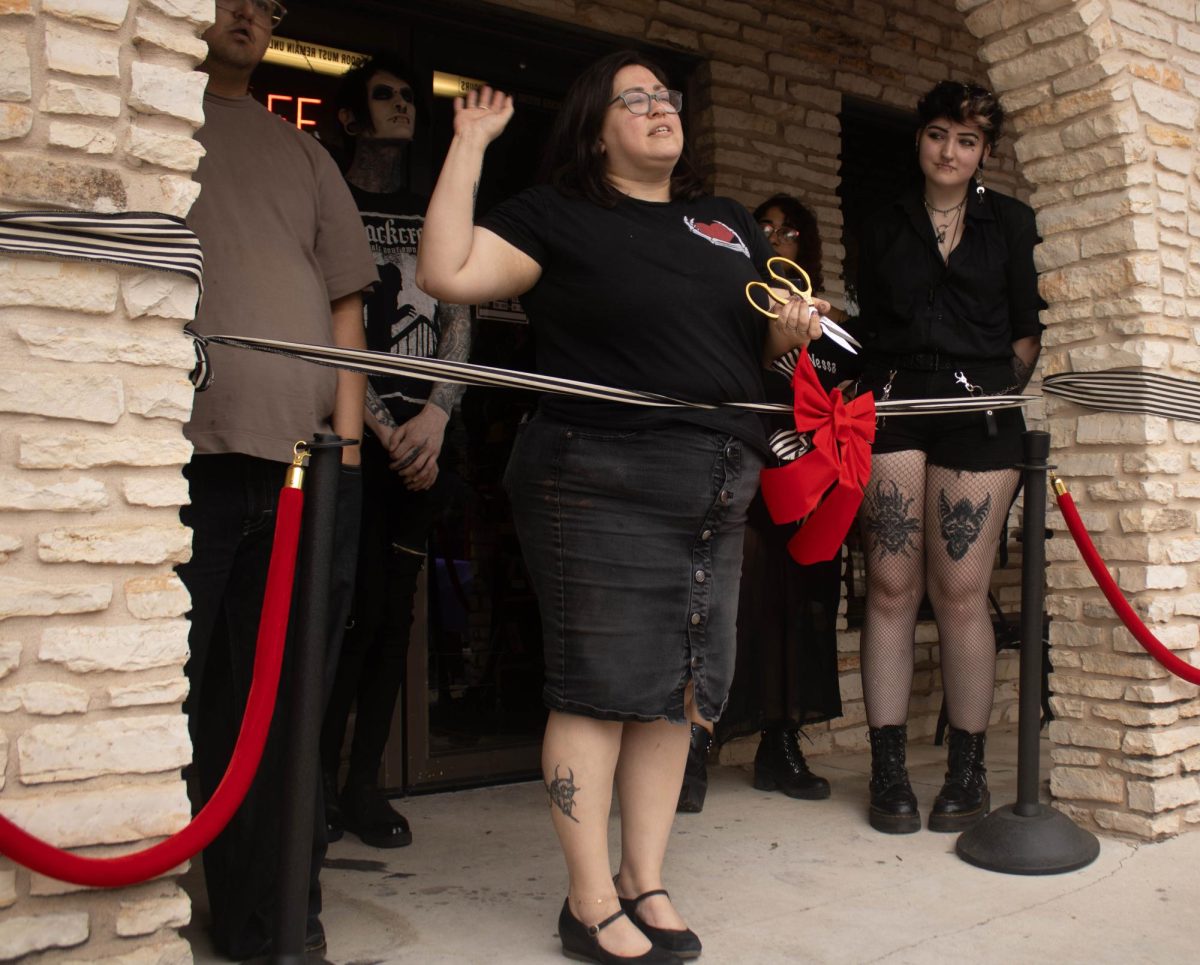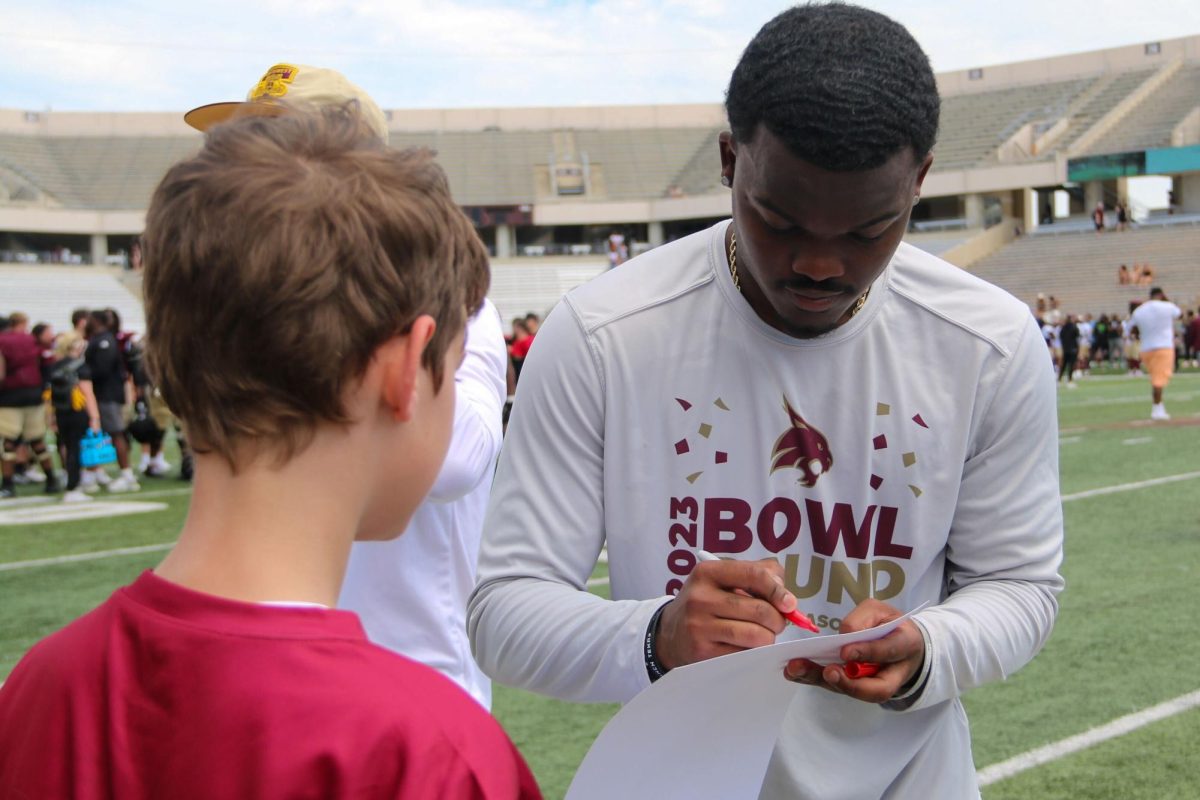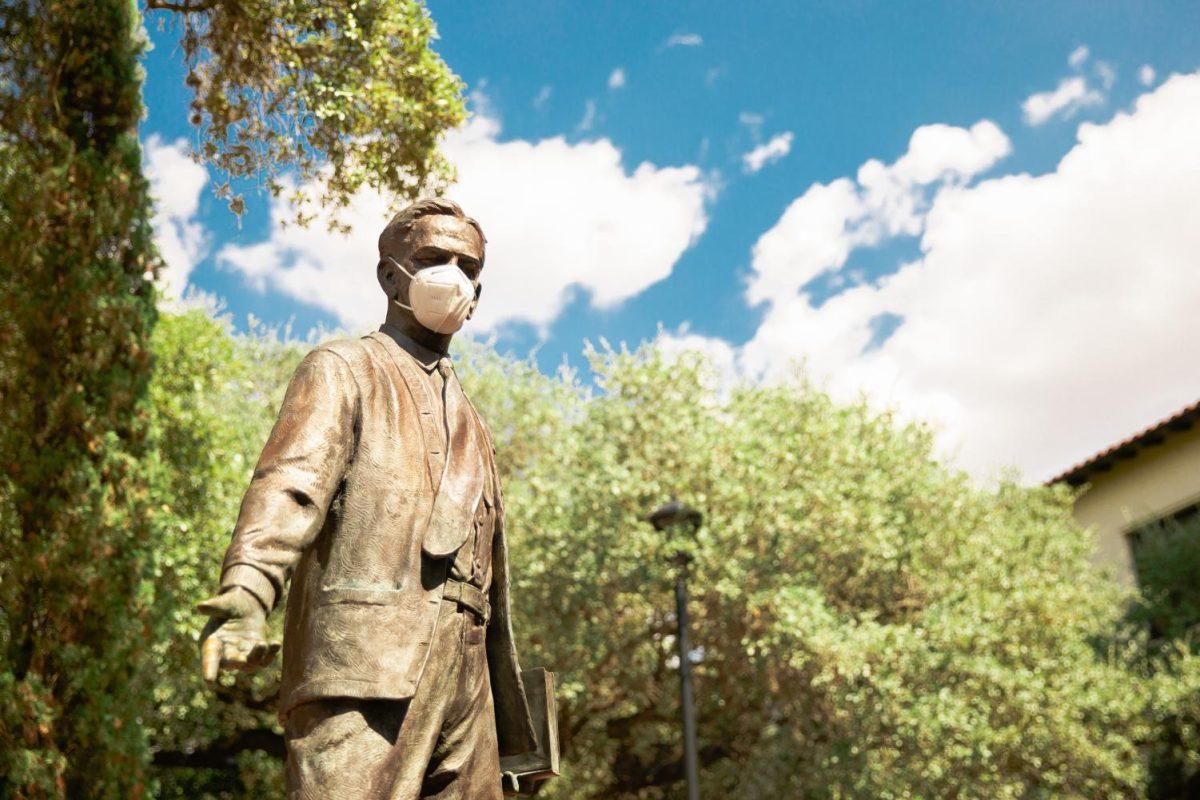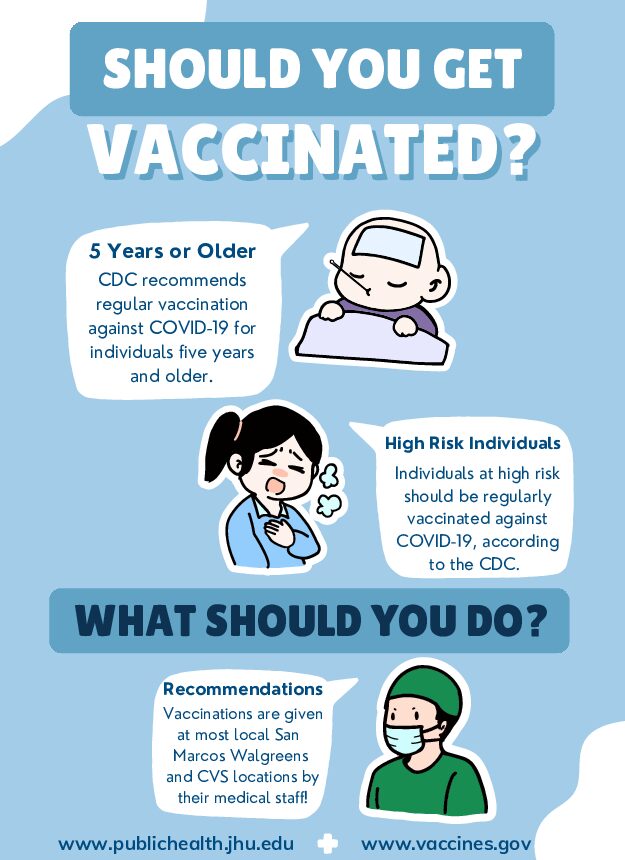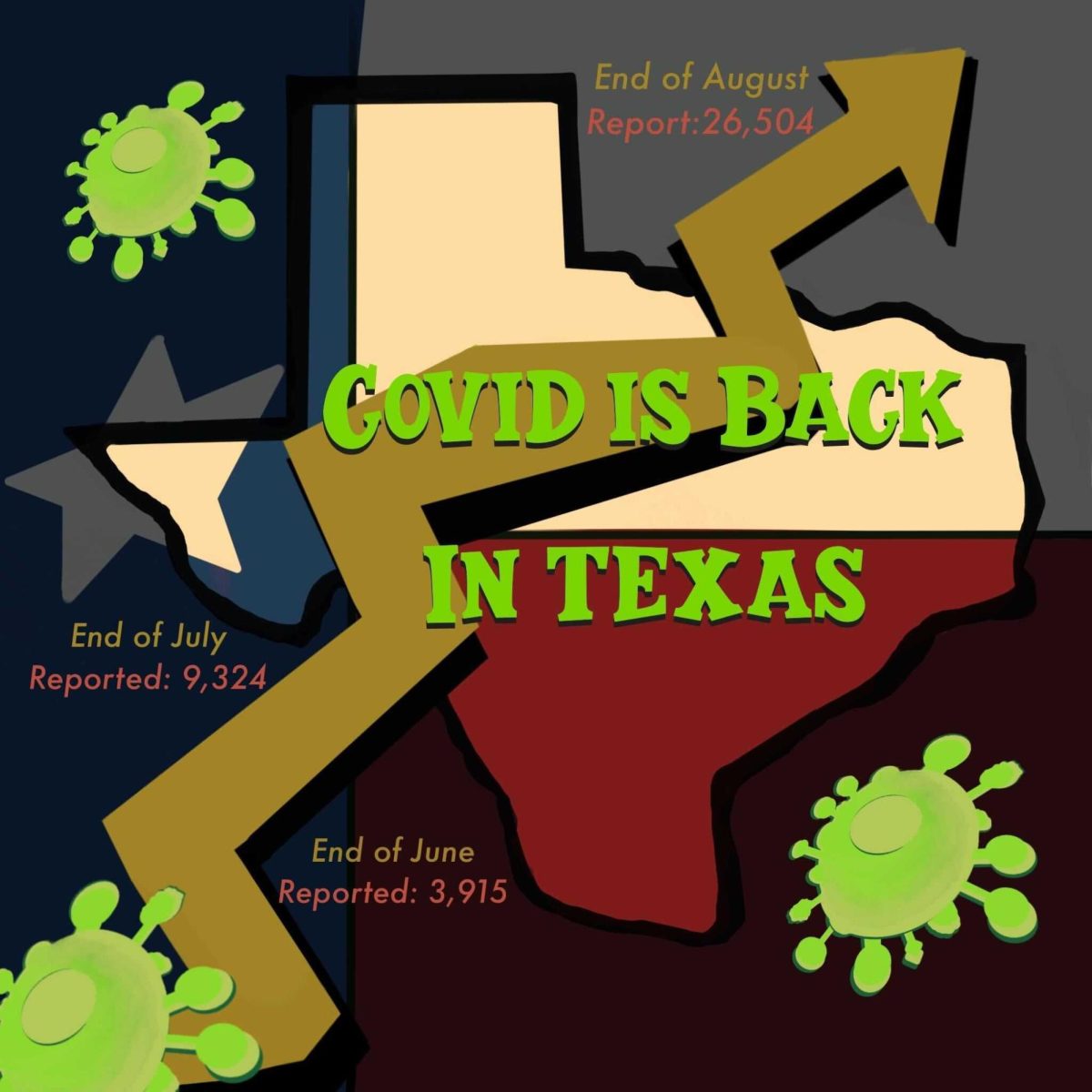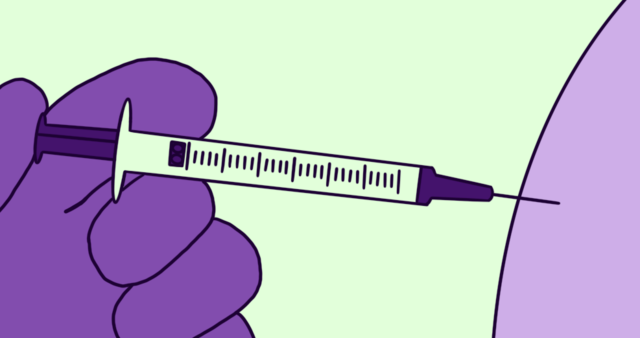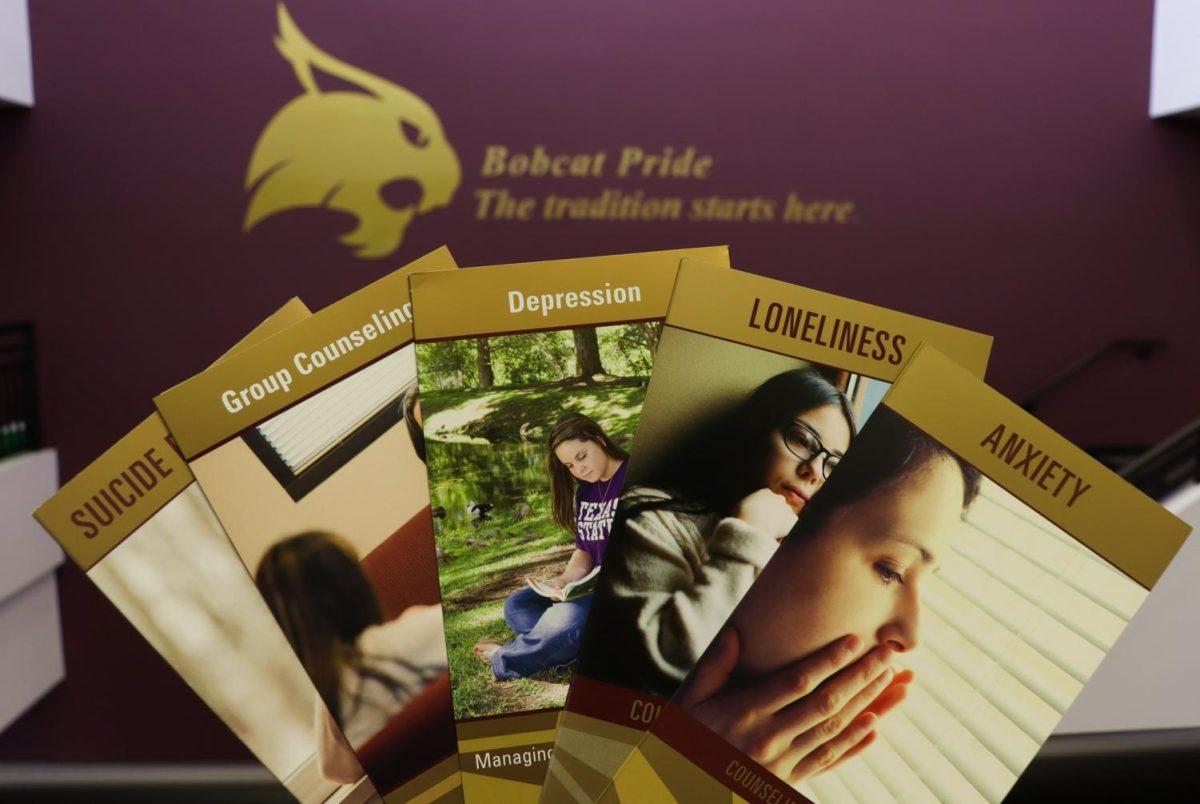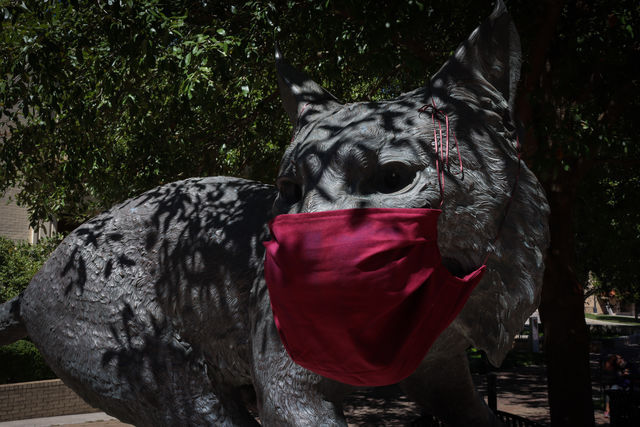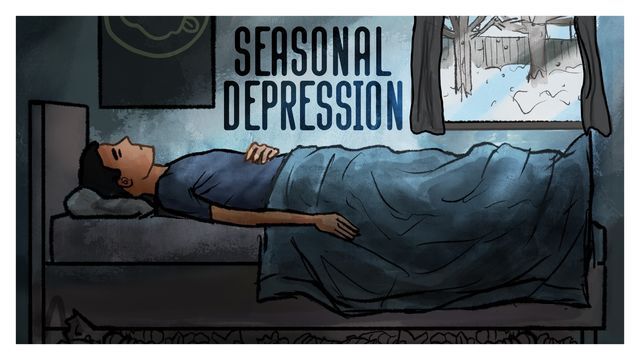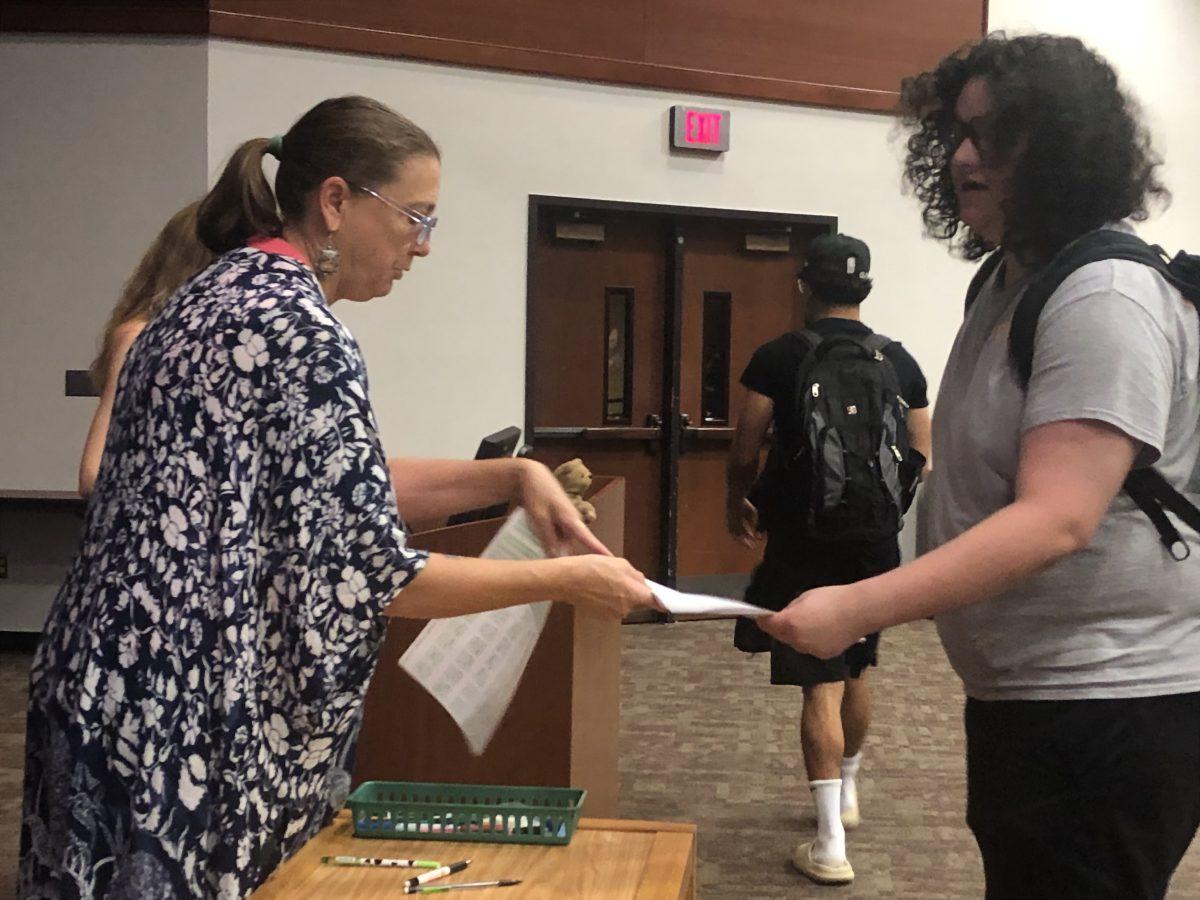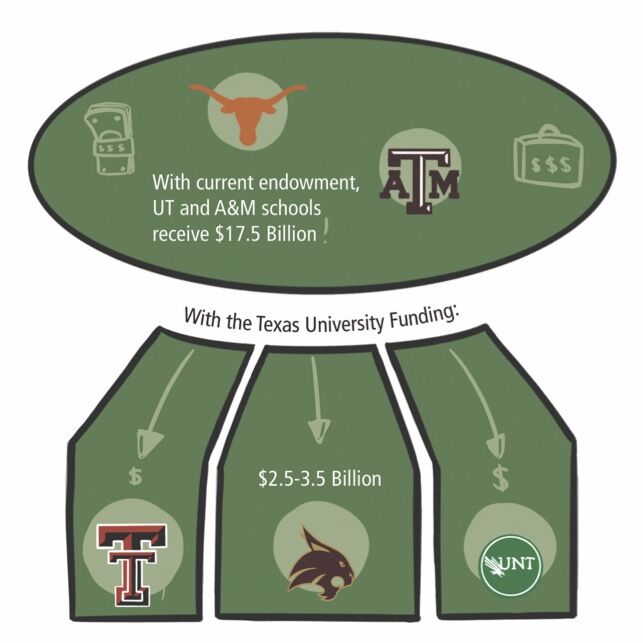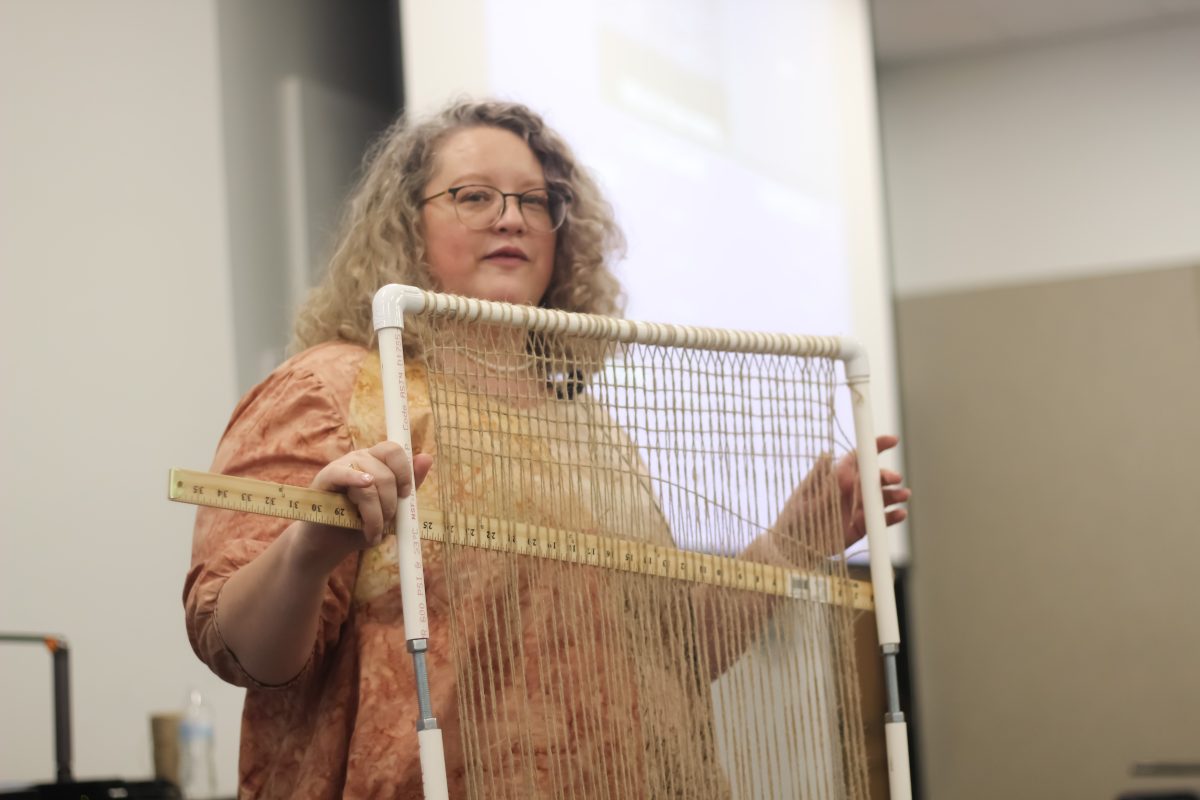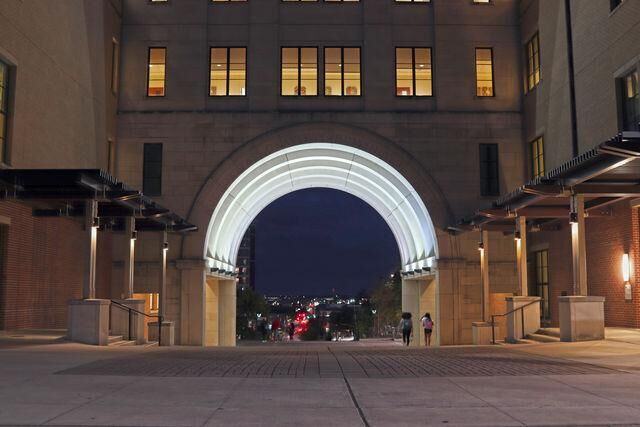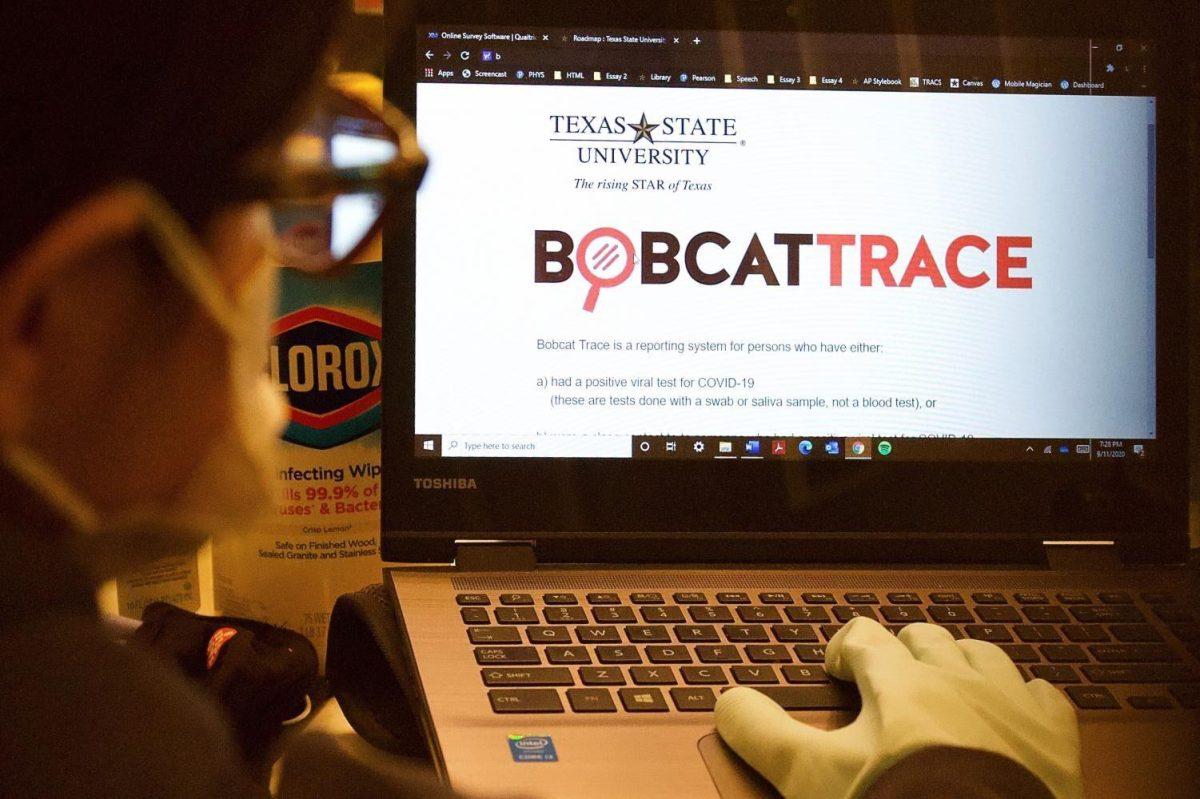Texas State Faculty Senate members criticized the university’s COVID-19 tracing and testing measures in a regular Sept. 23 meeting.
Senate Chair Janet Bezner relayed information from a Council of Academic Deans meeting to the Faculty Senate regarding how Bobcat Trace decides to contact faculty who may have come into contact with a positive student case.
“The contact tracers determined that no contact tracing is necessary [if] the students did not come in contact with people, [so] they don’t follow up with the faculty,” Bezner said. “It’s important to clarify that there’s a chance the faculty won’t hear anything. The faculty will only hear something when other people need to be notified.”
Senate member Gwynne Ellen Ash challenged the possibility of Bobcat Trace not contacting faculty if deemed unnecessary by self-reporters.
“I’m uncomfortable with letting the students decide who needs to be contacted by their description, they need to contact the faculty member,” Ash said. “If only to find out what the sitting situation is.”
Senate member Benjamin Martin expressed frustration regarding the response rate to the first wave of the Student Health Center’s voluntary surveillance testing, which reportedly received 18 responses out of a desired 400.
“That continues to frustrate me, that we’re just sitting here kind of like, ‘I don’t know what to do. Nobody’s signing up,’” Martin said. “This needs to be something that we’re really pushing to do.”
Senate member Stacey Bender says a student of hers who was reported to Bobcat Trace as a close contact did not hear back for three days. Although the report was made before a weekend, the delay is still an issue, according to Bender.
“The information [was sent] through Bobcat Trace [Sept.] 19, and I get that it was a weekend day, but he didn’t hear back until just yesterday so that was kind of a scary turnaround,” Bender said. “I know it’s a weekend, but COVID doesn’t take breaks on the weekends either.”
In response to comments over Texas State’s response strategy, Bezner indicated that Chief Medical Officer Dr. Emilio Carranco does not see any evidence of COVID-19 transmission within classrooms or dorms.
Senate member Jennifer Jensen says administrative figures do not seem to listen to faculty concerns or input to change the university COVID-19 response.
“I have a ton of respect for Dr. Carranco, but what makes him the be-all, end-all expert on how we manage testing, or seating arrangements or masks at our university? Why isn’t it a larger committee of healthcare providers? Why is it just Dr. Carranco and [the President’s] Cabinet that makes these decisions?” Jensen said.
Director of Faculty Development Candace Hastings answered questions from Faculty Senate over an upcoming department chair training pilot. Questions ranged from hiring chairs from outside departments to chairs respecting academic freedom of faculty. Some senate members suggested adding communication skills and leadership training as part of chair development.
The Registrar asked for feedback from Faculty Senate over a potential daily report of students adding or dropping classes within the first 12 days of a semester. Delivery methods such as an email every day with a list of names as opposed to an email every time a student drops a course were discussed.
Faculty Senate received an update from the Council on Inclusive Excellence through Senate member Martin about the Task Force on Diversity Training for Faculty. The task force will have two major objectives it looks to implement: requiring diversity training for all faculty members and reaching out to a wider base outside the committee to make decisions over what is implemented in diversity training.
Bezner concluded with a summation of her experience attending the National Council of Faculty Senates. Bezner reported many other universities’ faculty members are facing similar problems to Texas State faculty.
“No financial increase in pay, increased workload, more time teaching, more time spent teaching, more time spent doing service, no time for research, everything,” Bezner said.


